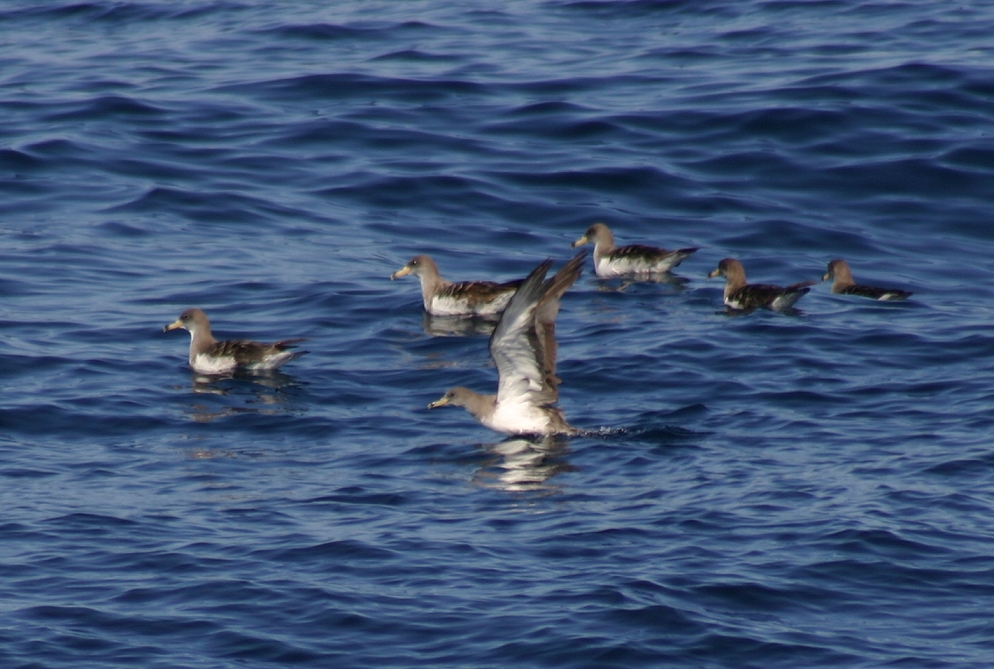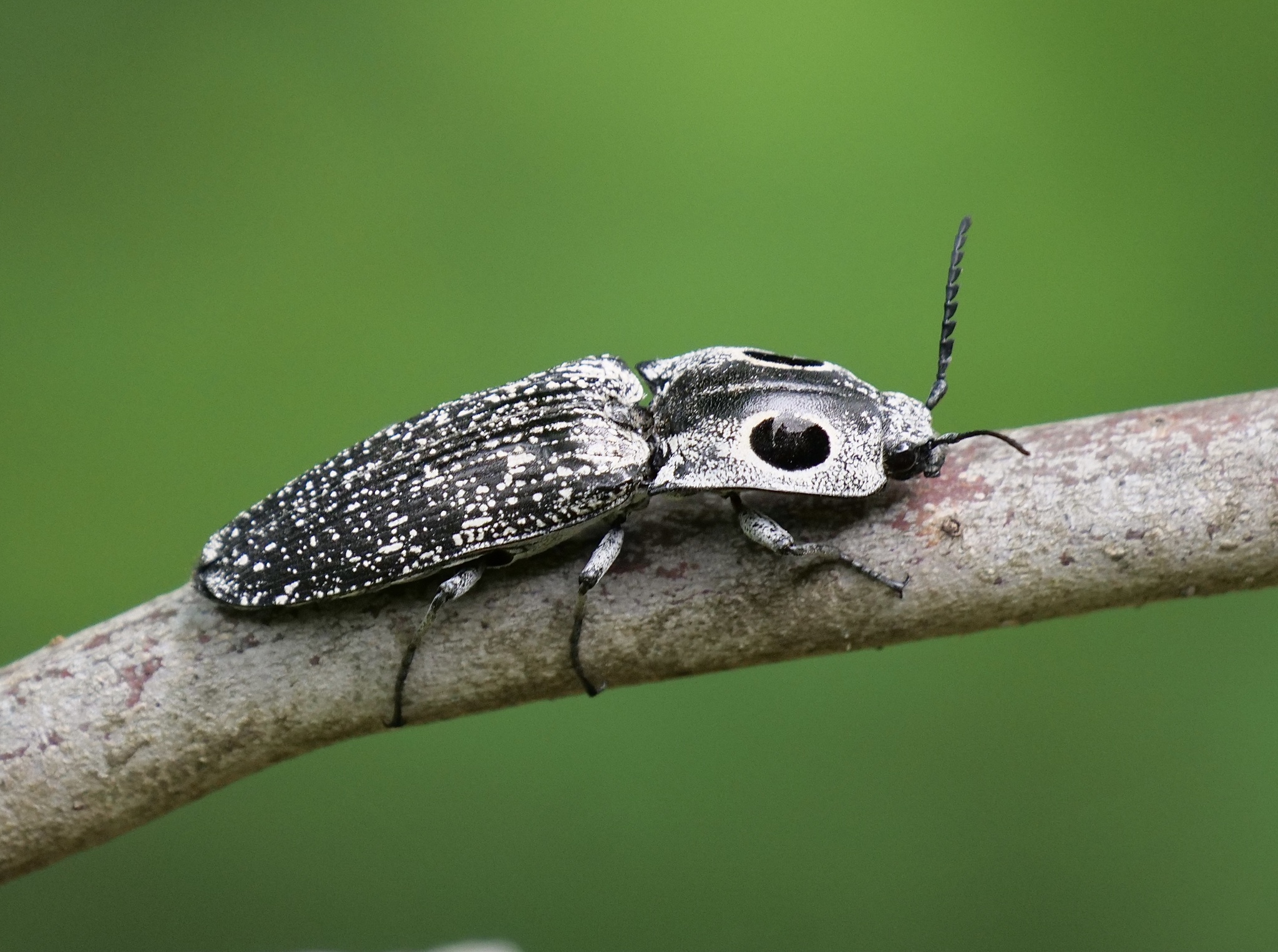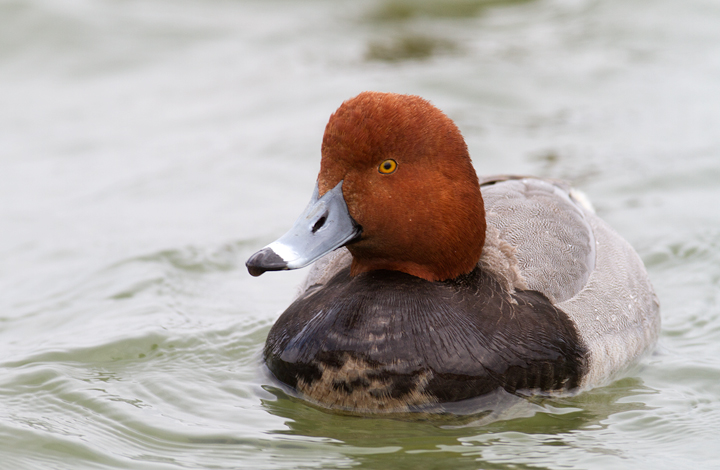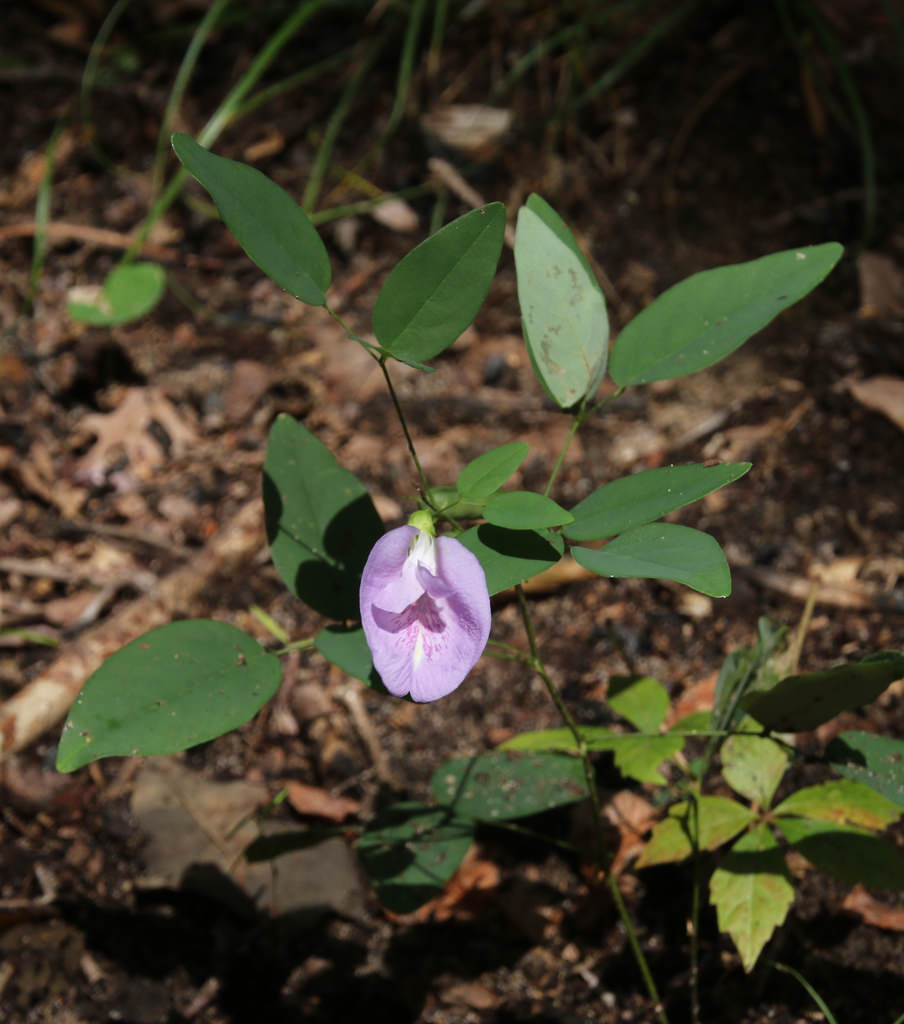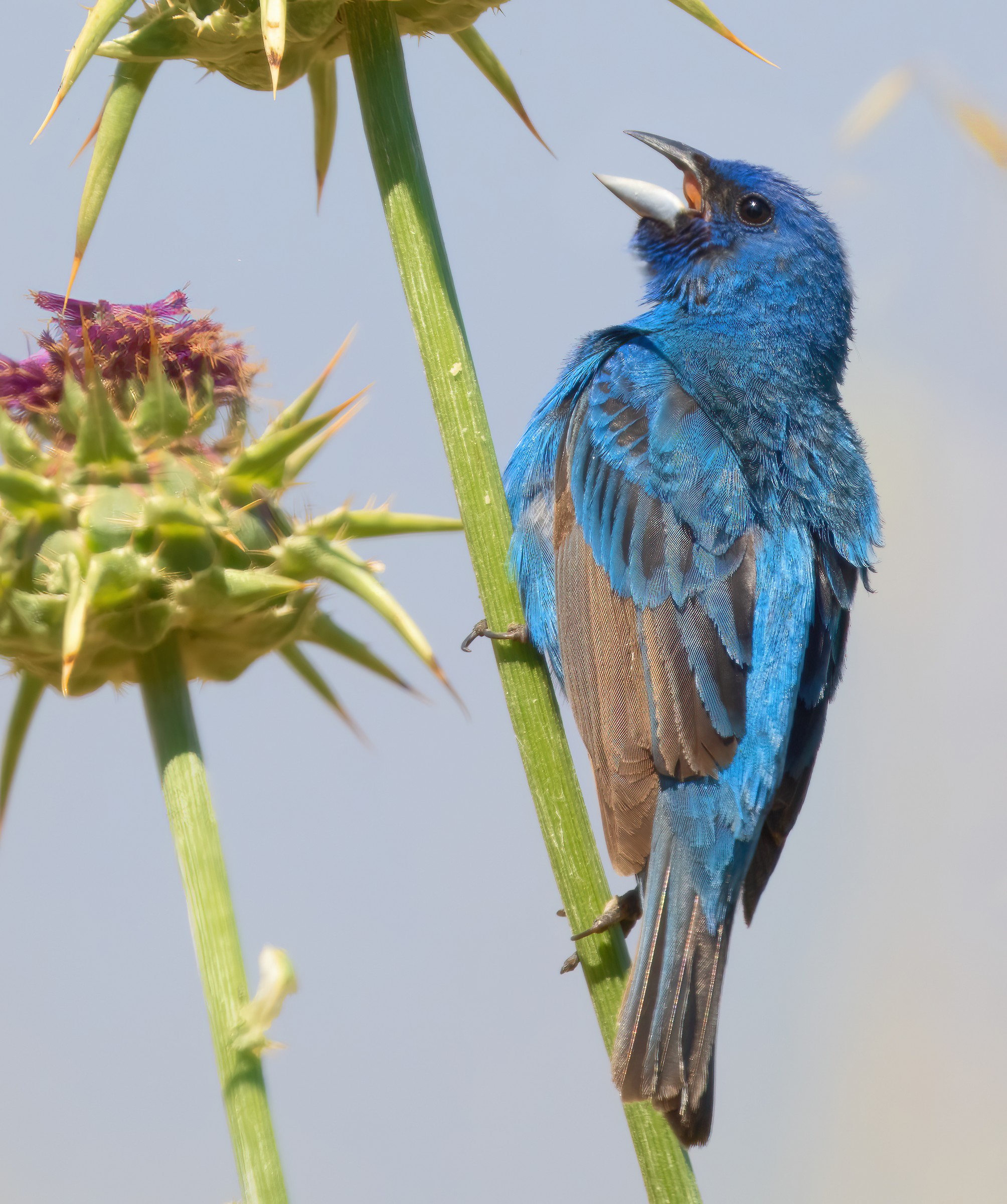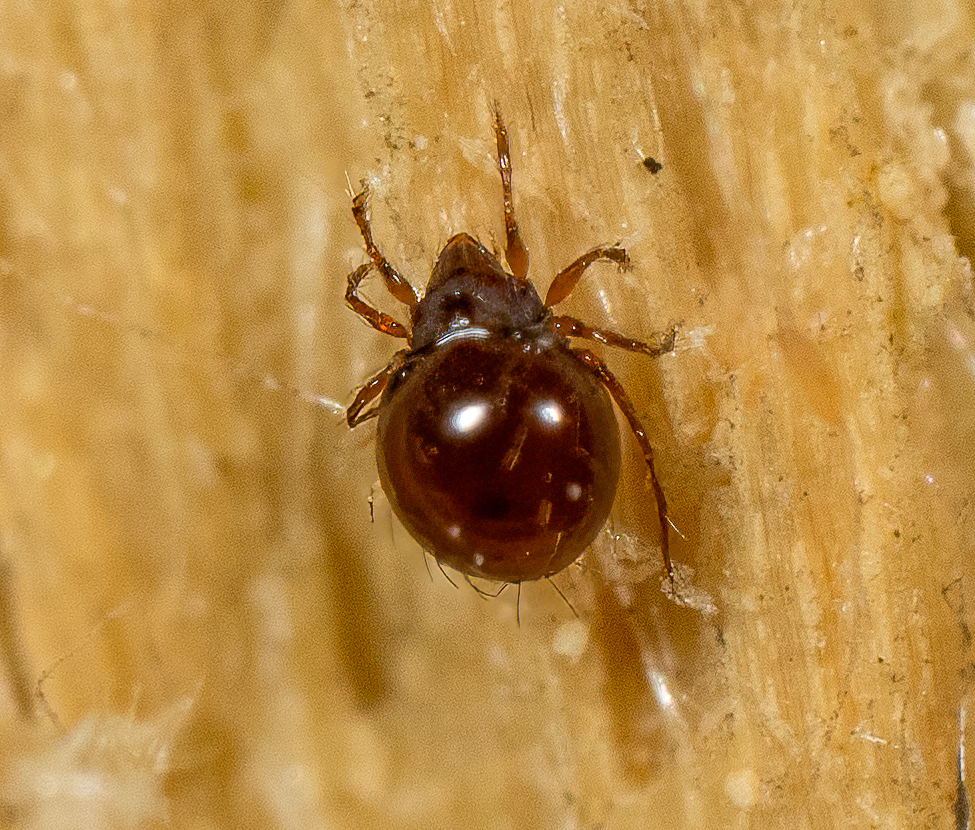The Ovenbird is a familiar breeding species in the woodlands of Maryland. They are most easily detected by their distinctive "teacher, teacher, teacher" song. The species has a large breeding range in the eastern U.S. and Canada, preferring woodlands with a most closed forest canopy and deep leaf litter. They winter in southern Florida, the Caribbean, southern Mexico, Central America, and parts of northern South America. On the wintering grounds they will use more marginal forest habitats.
The Ovenbird nests on the ground and builds a distinctive namesake nest. Here are some cool facts from Cornell's "All About Birds":
"On its breeding ground, the Ovenbird divides up the forest environment with the other warblers of the forest floor. The Ovenbird uses the uplands and moderately sloped areas, the Worm-eating Warbler uses the steep slopes, and the Louisiana Waterthrush and the Kentucky Warbler use the low-lying areas."
"The Ovenbird gets its name from its covered nest. The dome and side entrance make it resemble a Dutch oven."
"The Ovenbird chants 4 to 6 of its song's tea-cher phrases per second. Each tea-cher is made up of 3 to 5 separate notes. The number of notes in each part of the phrase and how they're sung are highly variable from individual to individual. Our ears have trouble distinguishing all of the notes, but Ovenbirds recognize each other's songs as unique calling cards."
"Neighboring male Ovenbirds sing together. One male starts singing, and the second will join in immediately after. They pause, and then sing one after the other again, for up to 40 songs. The second joins in so quickly that they may sound from a distance as if only one bird is singing. Ovenbirds rarely overlap the song of their neighbors."
Wow. Even among our familiar species, there is more complexity and subtle beauty to appreciate anywhere we spend the time focusing on it.
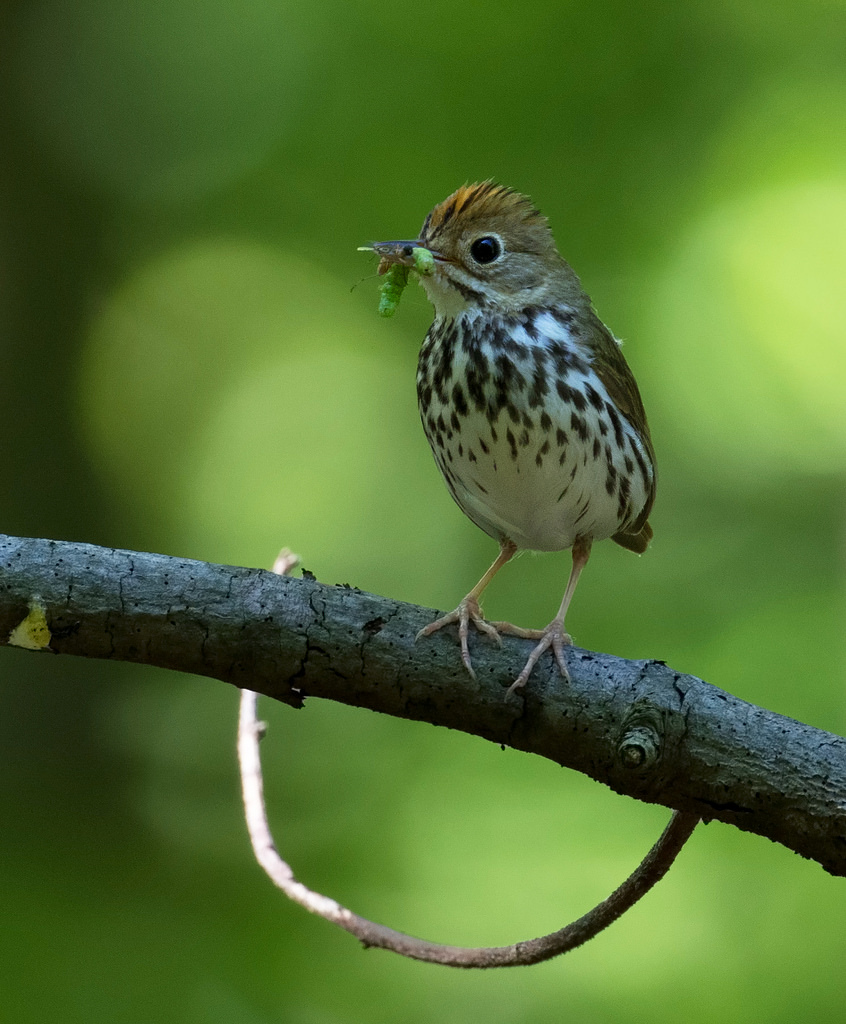
📸: (c) Mark Johnson - Frederick Co., Maryland (6/18/2016).
More at Maryland Biodiversity Project:
https://www.marylandbiodiversity.com/view/1240
Bill



